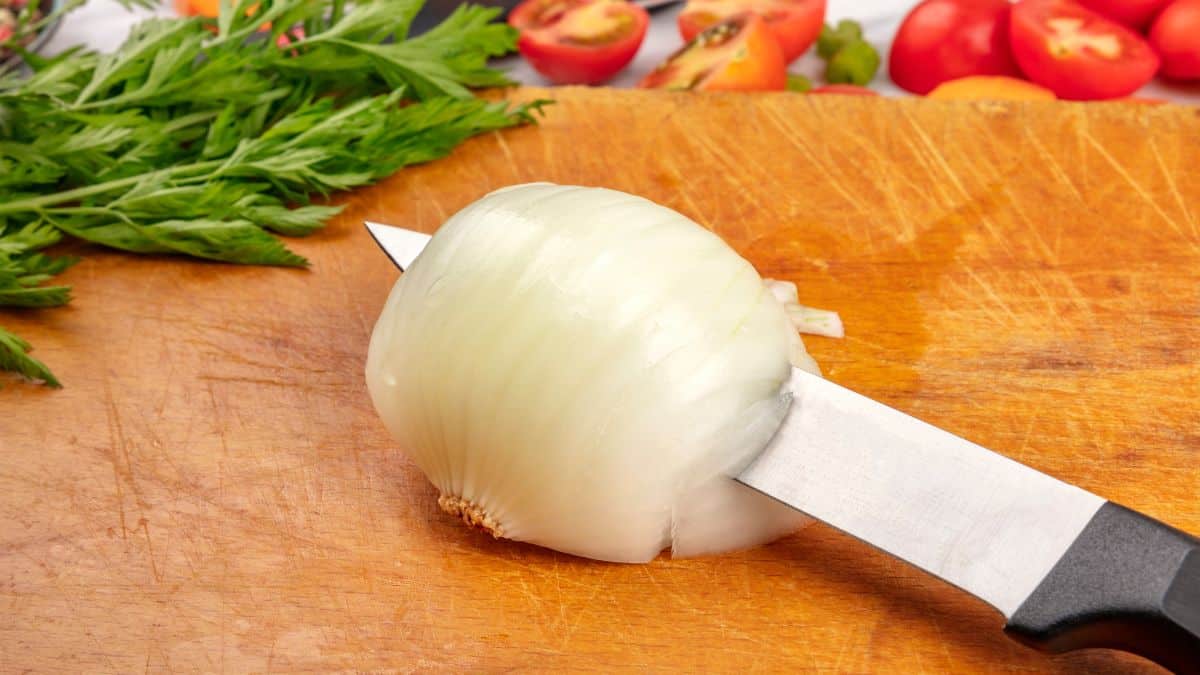11 Essential Cooking Techniques Every Home Cook Should Know
Mastering basic cooking techniques is key to becoming a confident home cook. These techniques are the building blocks of culinary skills, enabling you to cook a wide range of dishes with confidence and creativity. Here are 11 essential techniques that will elevate your cooking skills and help you create delicious meals with ease.

Sautéing

Sautéing involves cooking food quickly in a small amount of oil over medium-high heat. It’s a versatile technique perfect for vegetables and seafood. The goal is to cook the food evenly and develop a flavorful, golden-brown exterior while keeping the inside tender and juicy. A good sauté pan and proper heat control are essential for success.
Boiling

Boiling is a fundamental technique for cooking foods in boiling water, like pasta, potatoes, and grains.
Blanching

Blanching is a quick cooking method in which food is briefly boiled and then plunged into ice water to stop the cooking process. This technique is ideal for preserving the color and texture of vegetables before freezing them or using them in salads.
Roasting

Roasting involves cooking food in an oven, typically at high temperatures, to achieve a caramelized exterior and tender interior. This method is perfect for meats, poultry, and vegetables. A hot oven and even cooking are key; remember to turn and baste the food as needed to ensure a beautiful, golden-brown finish.
Braising

Braising is a combined cooking technique that involves searing food at a high temperature and then simmering it in liquid at a lower temperature. It’s perfect for tougher cuts of meat and hearty vegetables, as the long, slow cooking time tenderizes them and infuses them with rich flavors. Braising is often done in a covered pot, such as a Dutch oven.
Grilling

Grilling is cooking food on a grill over direct heat, usually outdoors. It imparts a distinct smoky flavor and is perfect for meats, vegetables, and even fruits. Controlling the heat and knowing when to turn the food is crucial for achieving the best results. Preheating the grill and using a meat thermometer can help ensure even cooking.
Poaching

Poaching involves gently cooking food in a simmering liquid, such as water or broth. It’s a delicate method ideal for eggs, fish, and poultry, resulting in tender and moist dishes. The key is to maintain a low, steady temperature, ensuring the liquid never reaches a full boil to prevent the food from becoming tough or breaking apart.
Steaming

Steaming is a cooking technique that preserves the natural flavors of food by cooking it with steam. It’s perfect for vegetables, fish, and dumplings. To steam effectively, use a steaming basket or rack to keep the food above the water, ensuring even heat distribution. Cover the pot to trap the steam and cook the food thoroughly.
Baking

Baking is a method of cooking food using dry heat in an oven. This technique is used for a wide range of dishes, including bread, cakes, pastries, and casseroles. Precise temperature control and accurate measurement of ingredients are crucial for success.
Stir-Frying

Stir-frying is a quick-cooking method often used in Asian cuisines. Small pieces of food are cooked in a wok over high heat with a small amount of oil. The key is to keep the food moving constantly to prevent burning and ensure even cooking. This technique is ideal for vegetables, meats, and tofu, and it preserves the texture and color of the ingredients.
Knife Skills

Good knife skills are foundational for efficient and safe cooking. Learning how to properly hold and use a knife can significantly improve your cooking speed and precision. Key techniques include chopping, slicing, dicing, and mincing. Practice and patience are essential, as mastering these skills enhances your ability to prepare a variety of dishes with ease.






